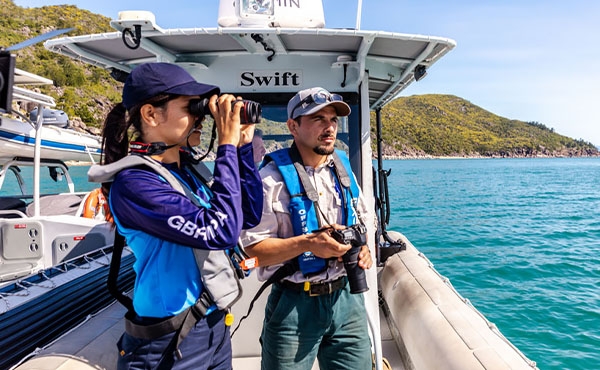The Great Barrier Reef Intergovernmental Agreement and Reef 2050 Plan framework is one of a range of other agreements between agencies that form the basis of effective partnerships and collaboration between the Australian and Queensland governments and associated agencies. This is evidenced by the effective engagement within the Reef Joint Field Management Program and joint permission system for the Great Barrier Reef Marine Park and Great Barrier Reef Coast Marine Park.
The key stakeholders for the Reef are diverse and generally well known to managers and the Reef Authority’s Actor Network Mapping project is improving the identification of other relevant Reef actors. While engagement and relationships are strongest between the Reef Authority and the Australian and Queensland governments, external institutions such as the World Heritage Centre and IUCN have had a significant impact on policy, inputs, planning and management of the Reef.
Effective stakeholder engagement can occur across a spectrum.1968 For the Region, engagement is most often focused on ‘informing’ (for example, education and stewardship programs, Great Barrier Reef Aquarium, Reef Knowledge System), ‘consulting’ (for example, Reef Authority Board, Advisory Committees and Local Marine Advisory Committees, information collection) and ‘involving’ stakeholders (for example Reef Joint Field Management Program partners, trained community volunteers, Indigenous rangers, Master Reef Guides, High Standard Tourism Program, Reef Guardians, Eye on the Reef participants).


